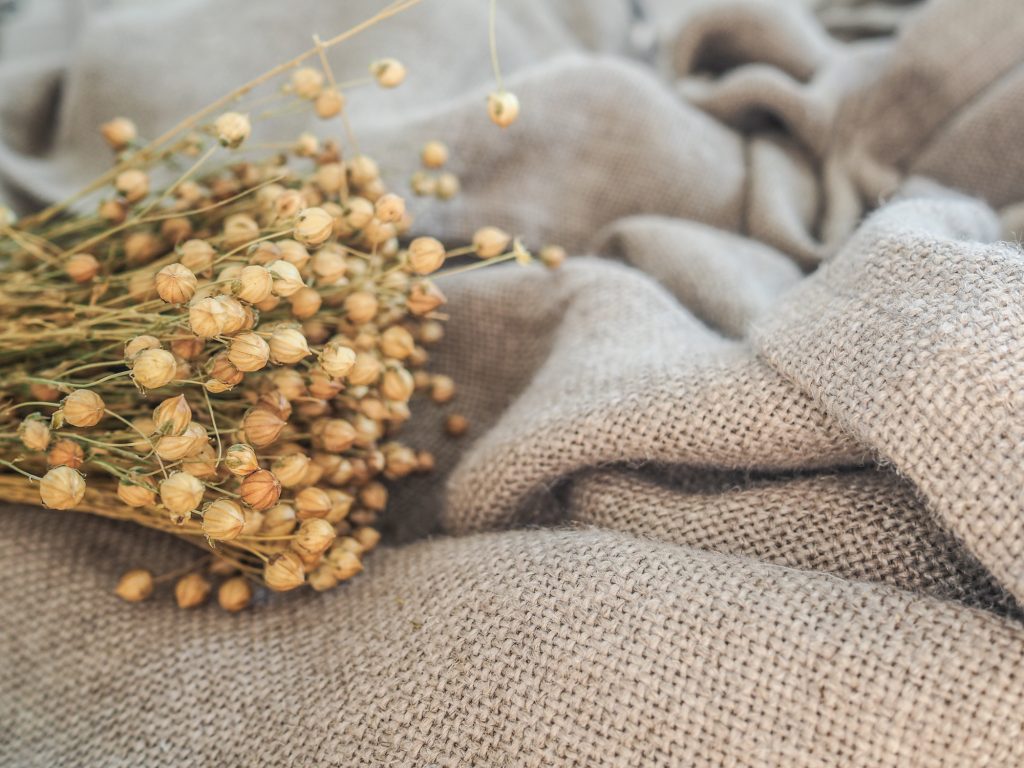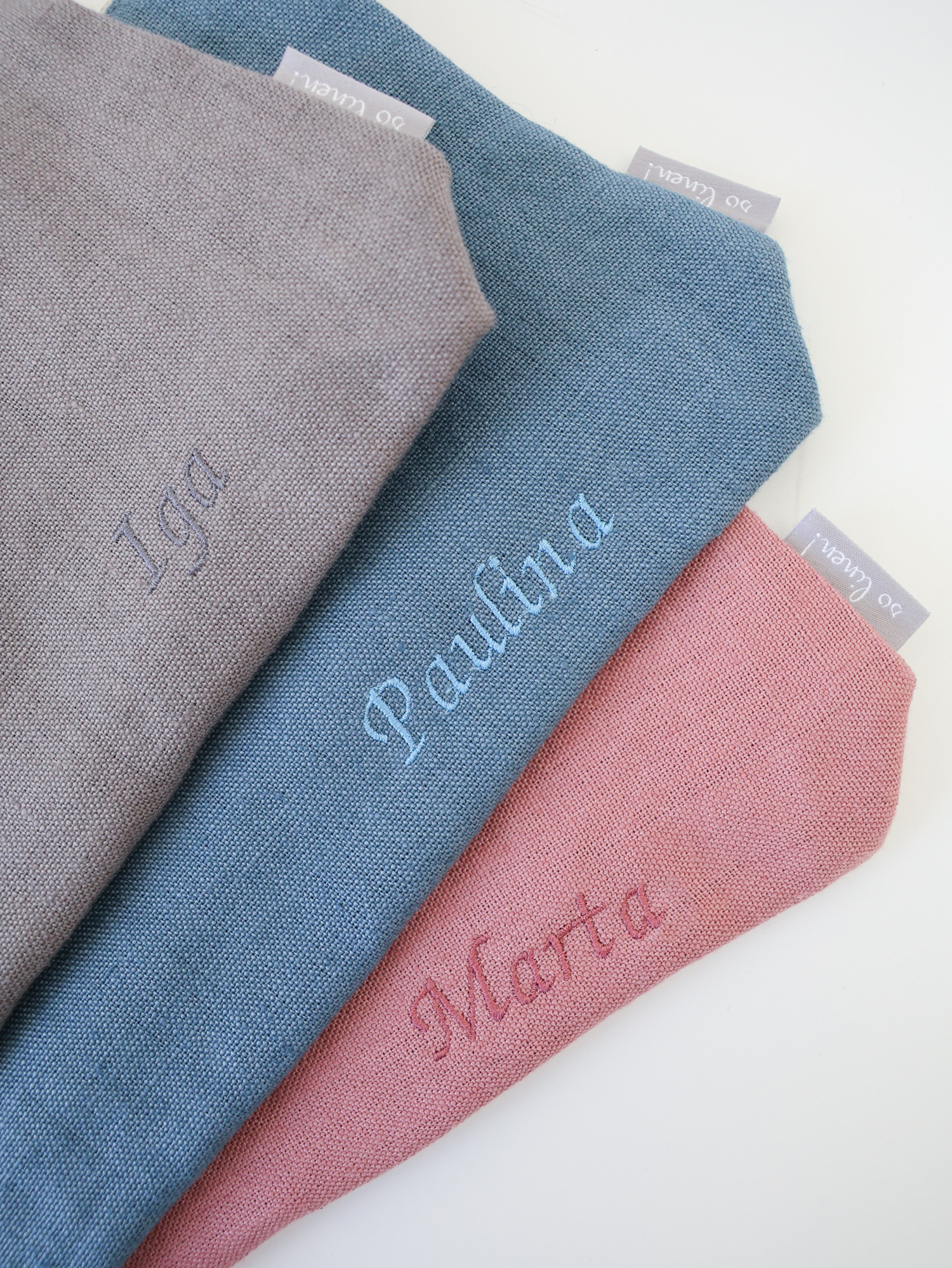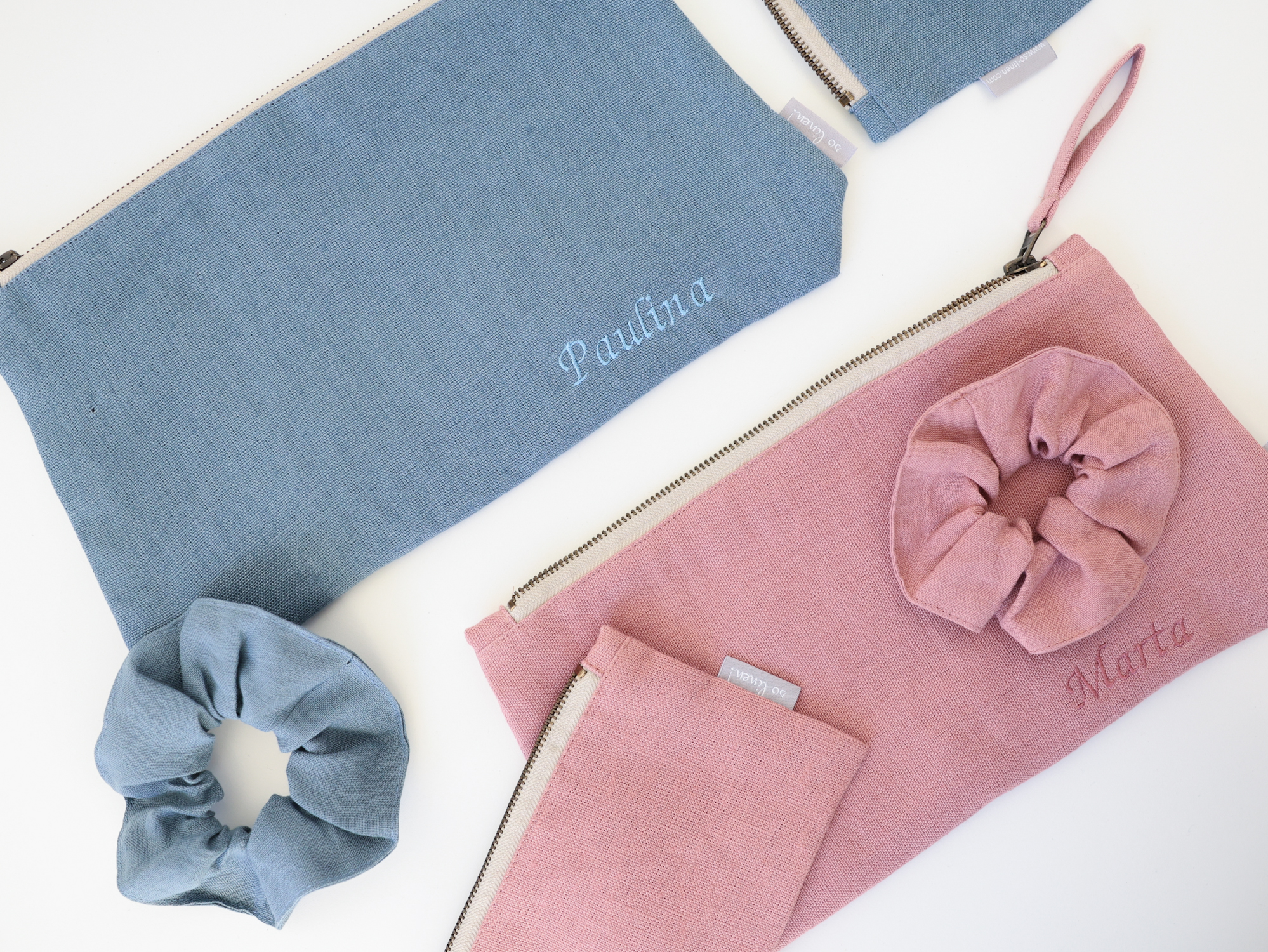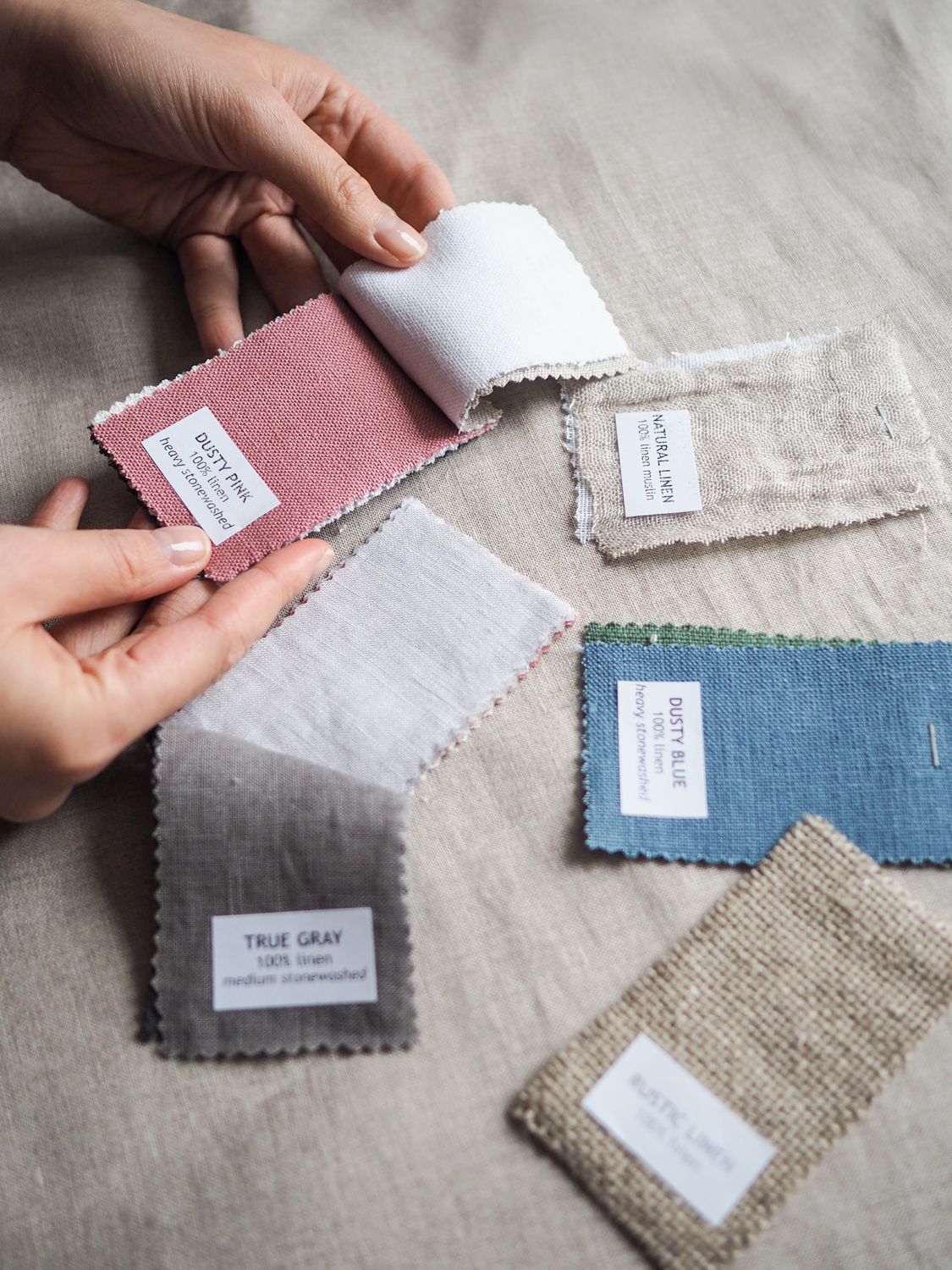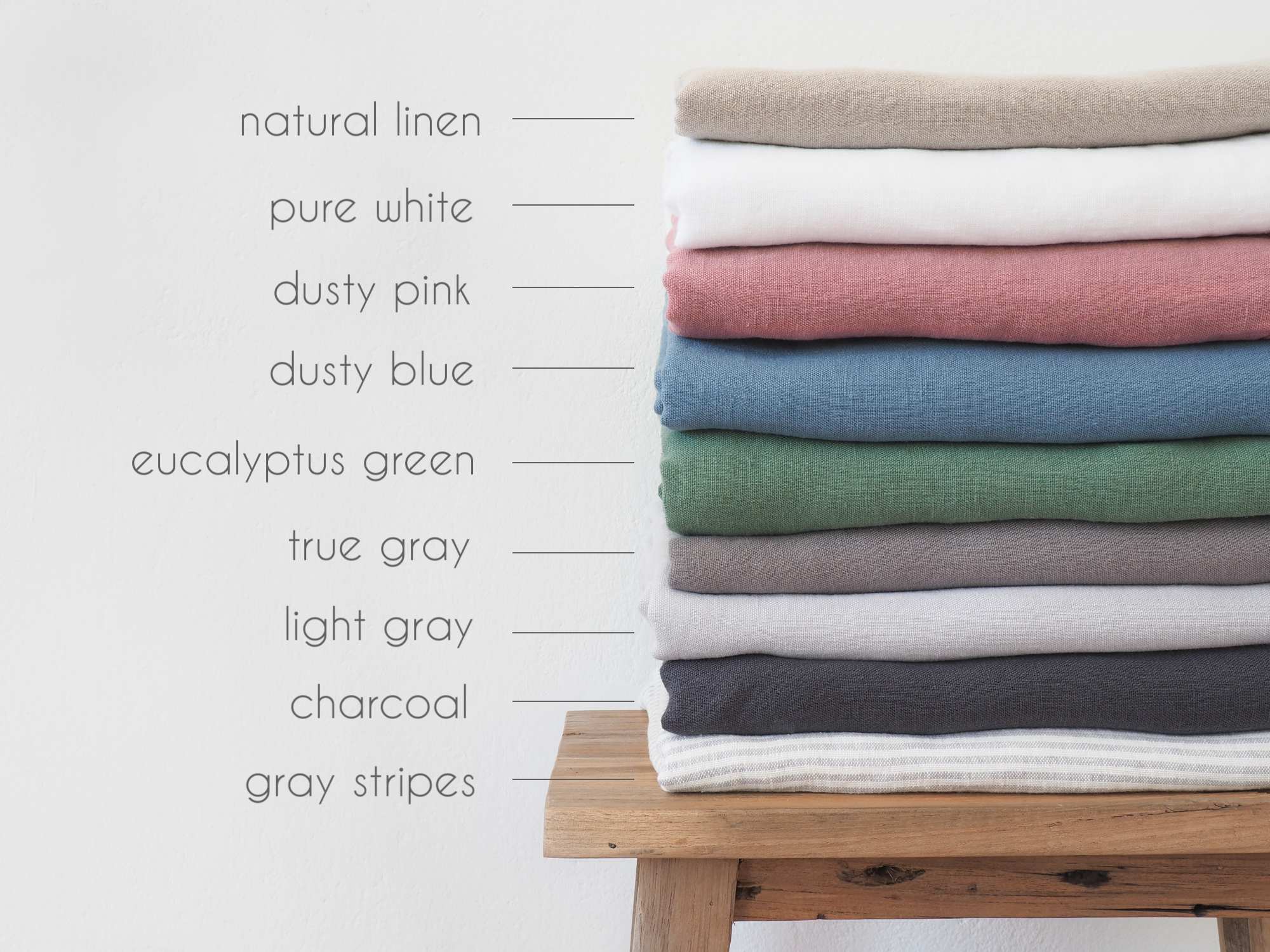Uncategorized
Linen or silk — which is better for the summer? Characteristics of both materials.
In terms of prestige, properties and origin, linen products’ greatest rival is. . . silk. Very often both of these materials are at odds, fighting an equal battle. It is particularly important to compile them during the summer months, when we are looking for light, hygroscopic and thermoregulatory fibers. Linen or silk – which is better for the summer? We decided to compare both fabrics, based on specific properties and proven features – let’s see who wins the fight!
A FEW WORDS ABOUT SILK
Silk is a natural protein fibre derived from the mulberry silkworm (mainly Bombyx mori species). The process of making silk by caterpillars involves producing a special substance that helps to build a cocoon.
People have been collecting these cocoons for centuries, untangling them and spinning them into threads, which were later used to make fabrics. Also nowadays silk is used in the production of clothes, considered to be extremely luxurious and precious.
Among the greatest advantages of silk are:
- Gloss – its surface reflects light, giving silk fabrics a distinctive, luxurious glow.
- Flexibility – even though it is an extremely delicate material, it remains flexible at 20% of its length (and without damage!).
- Biodegradability – As a natural material, silk is 100% biodegradable.
How do these advantages compare to linen, which is famous for its delicacy and thermoregulatory properties? Linen or silk – which is better for the summer?

LINEN WITH SILK – COMPETITION OF MATERIALS
In summer, our skin sets very specific requirements. Due to the high percentage of humidity, high sunlight, and high temperatures, the body needs delicate, natural fabrics, distinguished by thermoregulation and hygroscopicity. Tendency to irritations (also those after the sun), as well as hyperhidrosis, means that we should choose only natural clothes – i. e. linen dresses. How do linen and silk fit into these requirements and standards?
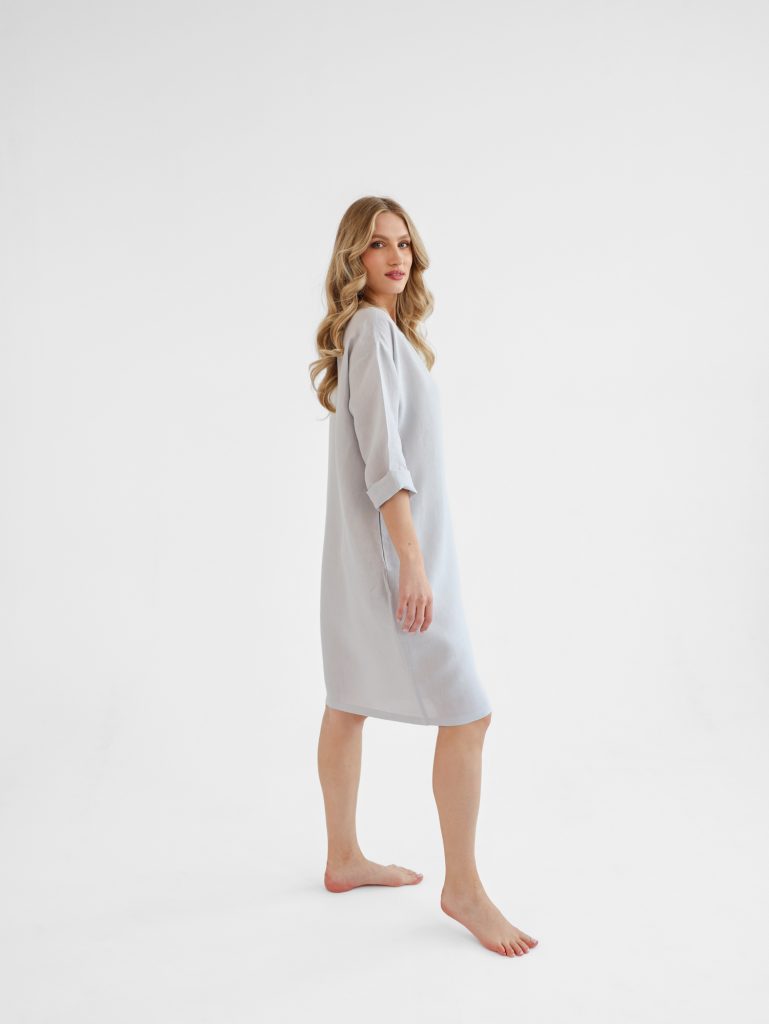
Origin
Silk: It comes from the mulberry silkworm, mainly from the species Bombyx mori. It is a natural protein fiber produced by butterfly caterpillars.
Linen: It is produced from the stems of the plant. It is a natural fiber with a long history, about which we have already written a bit more on our blog: A brief history of linen. At so linen! we use 100% linen, without the use of artificial or synthetic additives, thanks to which we have managed to transmit and maintain these most valuable properties.
Finishing and aesthetics
Silk: It has a luxurious appearance with a distinctive shine. Its surface reflects light, which makes it distinguished by a delicate, elegant glow.
Linen: It is characterized by a natural, matte finish with minor irregularities that give it authenticity. Natural creasing is a distinguishing feature of linen products.
so linen! comes in both a very raw version (so-called rustic linen) and a softer, softer and subtly colored version.
Comfort for the skin
Silk: Extremely soft and smooth to the touch, it offers a feeling of luxury on the skin. In addition, its finish is a bit “slippery”, giving the impression of cooling.
Linen: It is known for its delicacy and softness, which deepens with every wash. Like silk, it gives a feeling of “cooling” on the skin. In so linen! it comes in both higher and lower weights. The former is distinguished by its roughness and heaviness (used in e. g. linen curtains), and the other is excellent for creating tops or shirts.
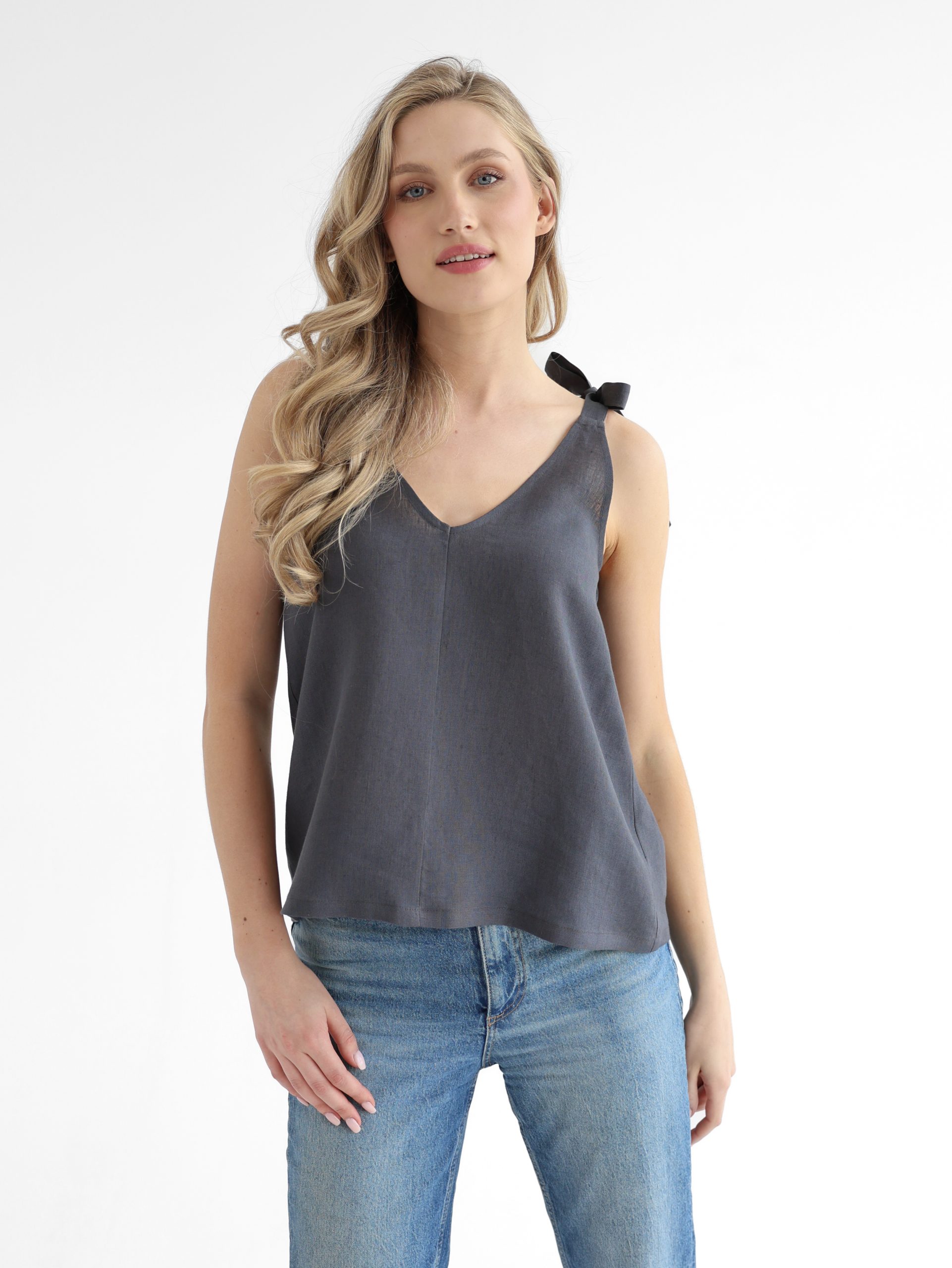
Skin respiration and thermoregulation
Silk: It breathes well and naturally regulates body temperature, providing comfort in different weather conditions.
Linen: Ideal for summer clothes, it perfectly wicks moisture away from the skin surface and has high hygroscopicity indexes. What’s more – it dries very quickly, which ensures a feeling of freshness, even in very hot months.
Endurance:
Silk: Despite its delicacy, it is quite durable and flexible, but sensitive to mechanical damage and sunlight. It may discolour in the sun.
Linen: It is one of the strongest natural fibers, for centuries it has been known for its longevity. The longer you use it, the gentler and more subtle it becomes for the skin.
UV protection
Silk: is not an effective sunscreen and does not provide significant UV protection.
Linen: helps to protect the sun by creating a subtle blockade for UV rays. It is thus a support for cosmetics with filter and SPF.
Considering all the above characteristics, both silk and linen are the best option for the hot summer months. The former, however, is definitely less resistant to sunlight, so it can be discolored and damaged. Taking all these variables into account, linen is subtly superior, which combines both softness, durability and thermoregulatory properties.
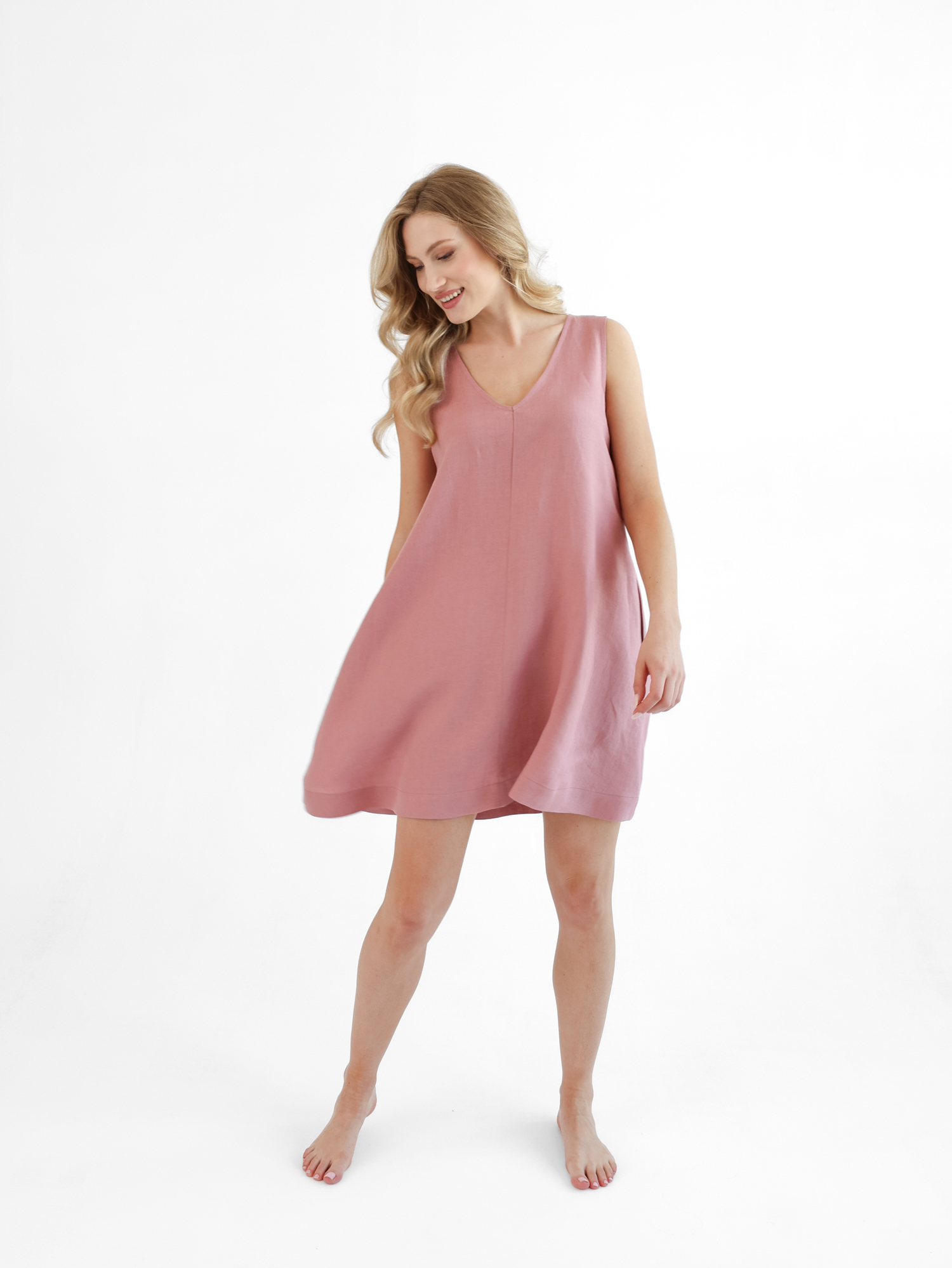
Remember that we are on INSTAGRAM!


